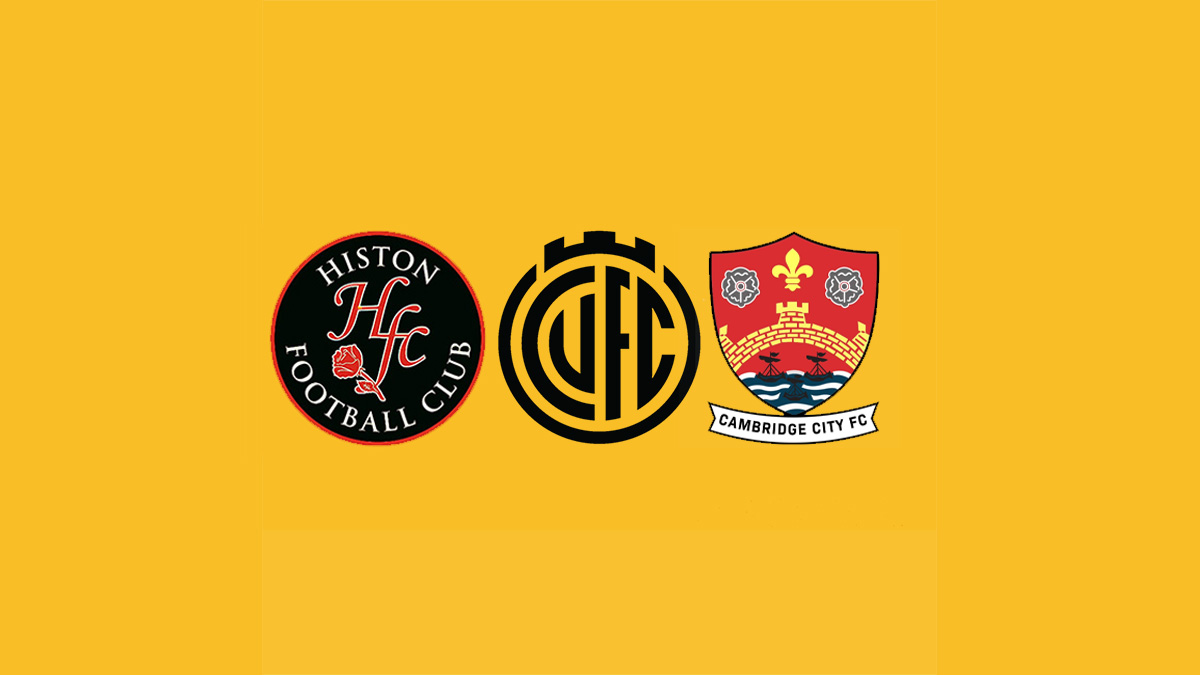In this show we learn about a cute animal, that goes by the much less cute name of the Tasmanian Devil. It is a fast disappearing creature that can suffer from an unusual cancer that is contagious. Science Show presenter Chris Creese spoke with Sanger Institute researcher Elizabeth Murchison to understand what’s going on.
And as spring gives way to summer we take a look at weedkillers. How do weedkillers work? How can a weedkiller target one plant and not another? Roger Frost asked plant scientist, Chris Creese to explain and gained some surprisingly useful answers
The Next Science Show is on 30th June 2012. Send news of science events, your science questions and feature requests to science@cambridge105.co.uk. You can also follow us on twitter @105science
Nifty Links
- Elizabeth Murchison gives a TED talk on “Fighting a contagious cancer” www.ted.com/talks/elizabeth_murchison.html
- The Sanger Institute on the Wellcome Trust Genome Campus www.sanger.ac.uk
- Save the Tasmanian Devil www.tassiedevil.com.au
What’s On
- The Cambridge BioBlitz is where experts, volunteers and members of the public aim to count as many species of animals and plants as possible in the University of Cambridge Botanic Garden. The Garden knows of some 8000 species it has planted there, but there is a lot still to discover. Starts on 3pm Friday 22 June and runs through the night to the following afternoon at the Botanic Garden. Book and get in free tel: 01223 336265 enquiries@botanic.cam.ac.uk. Or book at the web site www.museum.zoo.cam.ac.uk/events/bioblitz.cambridge.2012/
- Turing Patterns and Animal Markings on Tuesday 19 June at 6:30pm a public lecture with a maths slant. In the early 1950s, Alan Turing showed his colleagues some irregular black-and-white patches, asking them to agree that his calculated patterns looked like the patterns on a cow. In 1952 he proposed the mechanism for how animal markings were created. The idea was that, a chemical produced in local areas diffused across the embryo, to lay down a sort of pre-pattern. As the embryo developed, a pattern of pigments formed. The talk will discuss Turing’s patterns, in the light of modern theories of what causes them. By Ian Stewart from University of Warwick in Babbage Lecture Theater – New Museums Site. For details: http://talks.cam.ac.uk/talk/index/38210
- 100 years of Alan Turing, 1,000,000 years of the computer on Friday 22 June, at 6.30pm. The first small stored-program digital computer was finally got to work in Manchester in 1948. Alan Turing’s 1936 concept of a computing machine provided the theory of the modern computer. The code-breaking at Bletchley Park, led by Alan Turing, showed the possibility for building that computer. Talk by Andrew Hodges, University of Oxford in the Babbage Lecture Theater – New Museums Site. For details: http://talks.cam.ac.uk/talk/index/38201
- The Home Energy Fair 2012 is a chance to find everything you need to make your home more energy efficient, reduce your carbon footprint and energy bill. The fair offers a chance to meet suppliers of home insulation, energy-efficient windows, solar panels, heat pumps and heating controls. The Home Energy fair is on Thursday 5th July from 7pm till 9pm at Emmanuel United Reform Church on 72 Trumpington Street, CB2 1RR. Close to the Fitzwilliam. Parking in Trumpington Street or Grand Arcade. Entry is free. See more at http://www.transitioncambridge.org/energyathome
Subscribe RSS
